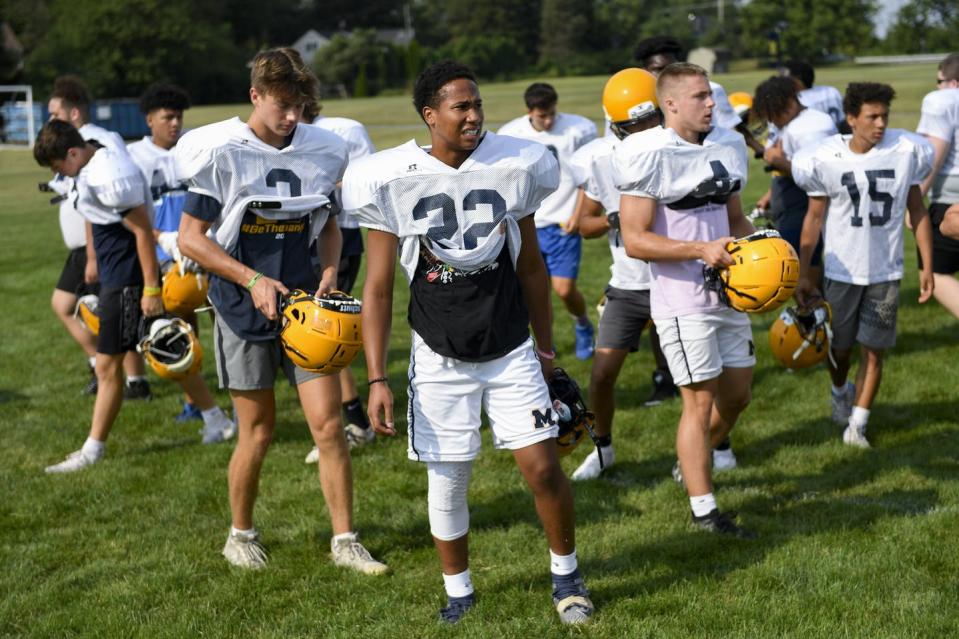How to keep high school athletes safe from heat illness in a brutally hot summer

As temperatures rise, heat illnesses are becoming an increasing risk for athletes, particularly in the first few weeks of practice. Susan Yeargin, an associate professor of athletic training at the University of South Carolina and co-author of the National Athletic Trainers Association’s position statement on heat illness, explains the risks and what coaches and players need to remember to keep kids safe.
Why are athletes particularly vulnerable to heat during the first few weeks of training?
When an athlete of any age begins to exercise or train for a sport in hot conditions, the body needs time to adapt. In a natural outdoor environment, this is called heat acclimatization.
In the first three days of heat exposure, the body hasn’t started to adapt, which is why those are the riskiest days for heat illness. Most acclimatization happens by the 10th day, but it takes about two weeks for the body to reach its peak heat acclimatization.

The most important change within the body is plasma volume expansion, giving the body more blood to help dissipate heat and supply exercising muscles. In short, it allows the cardiovascular system to work more efficiently.
The rate of sweating also increases, allowing more heat to dissipate from the body. The body increases its retention of salt, which is good because it allows for better electrolyte balance within the body to maintain hydration and keep muscles working optimally. The heart rate decreases, so there is less strain on the cardiovascular system. And the core body temperature decreases, representing a lower risk for exertional heat stroke.
But even with all of these adaptations, the body isn’t fully protected from heat illness, which is why other prevention strategies are needed.
Also, just because athletes have been training over the summer doesn’t mean they are fully adapted to heat under the conditions that a sport season imposes. The sports season brings new exercise intensity, often higher heat than earlier in the summer, and heavier equipment, like pads and helmets, and an increased pressure to perform.
At what point do temperatures start getting dangerous for young athletes?
That varies across the country. Athletes who live in milder climates should not be practicing in environmental conditions over 86.2 degrees Fahrenheit (30.1 degrees Celsius), based on wet bulb globe temperature. For those in traditionally hotter climates, like Texas, the recommended cutoff temperature for canceling practice is 92 F (32.2 C).
The risk is about more than the temperature – it’s also about humidity, sun and wind. Humidity hinders sweat evaporation, the body’s primary heat dissipation mechanism. So when humidity is high, no matter the air temperature, that creates a heat safety concern.


 Yahoo Autos
Yahoo Autos 